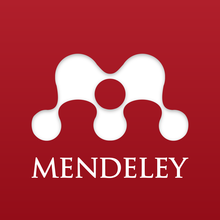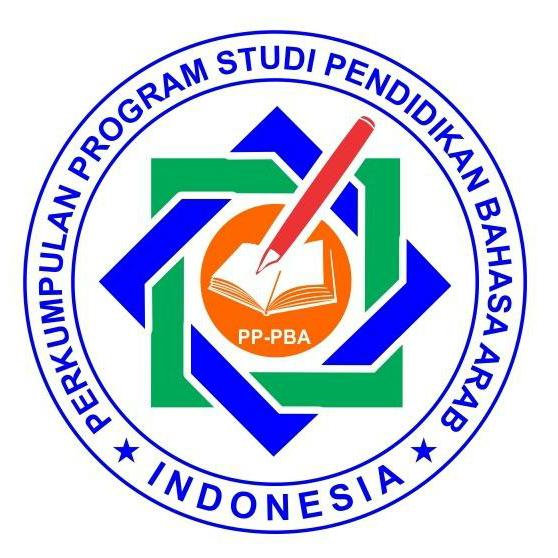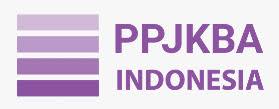Korelasi antara Penguasaan Mufradat, Bi'ah Lugawiyyah, dan Mahārah al-Kalām Santri Al-Izzah Leadership School Batu
The Correlation between Arabic Vocabulary Mastery, Language Environment, and Arabic Speaking Skills Among Students of al-Izzah Leadership School Batu
DOI:
https://doi.org/10.37680/aphorisme.v2i2.976Keywords:
Correlation, Arabic Vocabolary Mastery, Arabic Speaking Skills, Al-Izzah Leadership SchoolAbstract
This research is a correlational study that looks for the relationship between arabic vocabulary mastery, language environment, and arabic speaking skills among students of al-Izaah Leadership School Sumberjo, Batu. The problems found are as follows: (1) The lack of knowledge of students' vocabulary in communicating using Arabic, (2) The number of students who enter the language court is due to Javanese and language that is not by the nature of education, (3) several students are hesitant to use the vocabulary that has been given and nervous when evaluating orally. The results showed that there was a significant relationship between arabic vocabulary mastery, language environment, and arabic speaking skills because the significance value (Sig.) 0.011 was smaller than 0.05 (0.011 < 0.05), and t count was 5.597 greater than F. table N = 25 with a value of 4.240 (5.597 > 4.240). The contribution of arabic vocabulary mastery is 32.3%, and the gift of the language environment is 0.2%. The low contribution of these two variables impacts the soft arabic speaking skills produced among students of al-Izzah Leadership School Sumberjo, Batu, which is 33.7%. The more negligible contribution to arabic vocabulary mastery and the language environment, the resulting arabic speaking skills become smaller.
References
Aisa, A., Jannah, S. N., & Rahmawati, R. D. (2020). Taṭwīru Waḥdah Al-iliktrūni Litanmiyah Al-mahārah Al-qirā’ah; Al-taḥlīl Al-Waqi’ī bi Al-Madrasah Al-Śānawiyyah Baḥr Al-‘Ulūm Tambak Beras Jombang. Aphorisme: Journal of Arabic Language, Literature, and Education, 1(1), 65–84.
Al Izzah Batu. (n.d.). http://alizzah-batu.sch.id/informasi-al-izzah-leadership-school
Awaludin, R. F. (2020). Taqwīmu Ta’līm Al-Lughah Al-‘Arabiyyah ‘inda Imām Zarkasyi wa Imām Syubbāni fī Kitāb Al-Tamrīnāt. Aphorisme: Journal of Arabic Language, Literature, and Education, 1(2), 149–162.
Burhan Nurgiayntoro. (2014). Penilaian Pembelajaran Bahasa Berbasis Kompetensi. BPFE-Yogyakarta.
Chaer, A. (2009). Psikolinguistik Kajian Teoritik. Rineka Cipta.
Darmawati Sri, Rosnita, dan R. (n.d.). Peningkatan Kterampilan Berbicara Dalam Pembelajaran Bahasa Indonesia Dengan Diskusi Kelompok. 4.
Davik. (2020). Implementasi Metode Bernyanyi Dalam Meningkatan Penguasaan Mufradat Bahasa Arab Siswa. Lughoti: Jurnal Pendidikan Bahasa Arab, 2, 22–23.
Djiwandono, S. (2011). Tes Bahasa; Pegangan Bagi Pengajar Bahasa (2nd ed.). Penerbit Indeks.
Ellis, R. (1989). Second Language Learning and Second Language Learners; Growth and Diversity. TESL Canada Journal/Ravue TESL Du Canada, 7, 74.
Emzir. (2011). Metodologi Penellitian Pendidikan Kuantitatif dan kualitatif (Revisi). Rajagrafindo Persada.
Hermawan, A. (2013). Metodologi Pembelajaran bahasa Arab. Rosdakarya.
Larisa Nikitana. (2011). Creating an Authentic Learning Environment in the foreign Language Classroom. International Journal of Instruction, 4, 216.
Margono. (2010). Metodologi Penelitian Pendidikan (8th ed.). Rineka Cipta.
Mawardi Ahmad, Ismail Akzam, dan Y. Y. (2019). Pengaruh Program Kelas Bahasa Arab pada Lembaga CELAD terhadap Penguasaan Mufradat (Kosa Kata) Mahasiswa. Al-Hikmah: Jurnal Agama Dan Ilmu Pengetahuan, 16.
Parangu, K. A., & Sulistyowati, S. (2020). Instagram as Media to Enhance Students’ Writing Skill Viewed from Students’ Creativity in State Islamic Institute of Ponorogo. Aphorisme: Journal of Arabic Language, Literature, and Education, 1(2), 105–120.
Purba, A. (2013). Peranan Lingkungan Bahasa dalam Pemerolehan Bahasa Kedua. Jurnal Pena, 3.
Stephen D. Krasen. (1976). Formal and Informal Linguistic Envirinments in Language Aquisition and Language Learning. TESOL Quarterly, 10, 157.
Sukardi. (2009). Metodologi Peneltian Pendidikan (Kompetensi dan Praktiknya). Bumi Aksara.
Syaiful Musthofa. (2011). Strategi Pembelajaran Bahasa Arab Inovatif. UIN Maliki Press.
Tarigan, H. G. (2013). Berbicara Sebagai Suatu Keterampilan Berbahasa. Angkasa.
Wahyuningsih, I. (2020). Ta’syiru Tadribat al-Hiwar ’ala Maharah Kalam fi al-Lughah al-Arabiyah fi Fashli as-Tsani bi Madrasah Mi;roj As-Shibyan al-Mutawasithah al-Islamiyah Lombok Wustho li ’Am ad-Dirasy 2017/2018. Lisan An-Nathiq: Jurnal Bahasa Dan Pendidikan Bahasa Arab, 2.
Yusuf Zainal Abidin. (2013). Pengantar Retorika. Pustaka Setia.
Downloads
Published
Issue
Section
License
Authors who publish with this journal agree to the following terms:
Authors retain copyright and grant the journal right of first publication with the work simultaneously licensed under a Creative Commons Attribution-NonCommercial 4.0 International License that allows others to share the work with an acknowledgement of the work's authorship and initial publication in this journal.
Authors are able to enter into separate, additional contractual arrangements for the non-exclusive distribution of the journal's published version of the work (e.g., post it to an institutional repository or publish it in a book), with an acknowledgement of its initial publication in this journal.
Authors are permitted and encouraged to post their work online (e.g., in institutional repositories or on their website) prior to and during the submission process, as it can lead to productive exchanges, as well as earlier and greater citation of published work.





.jpg)


1.jpg)
